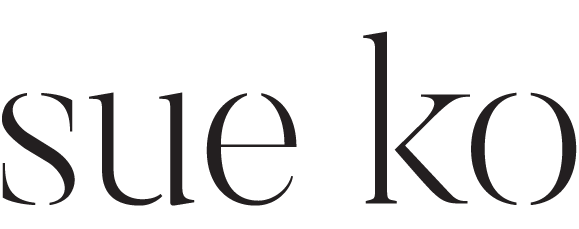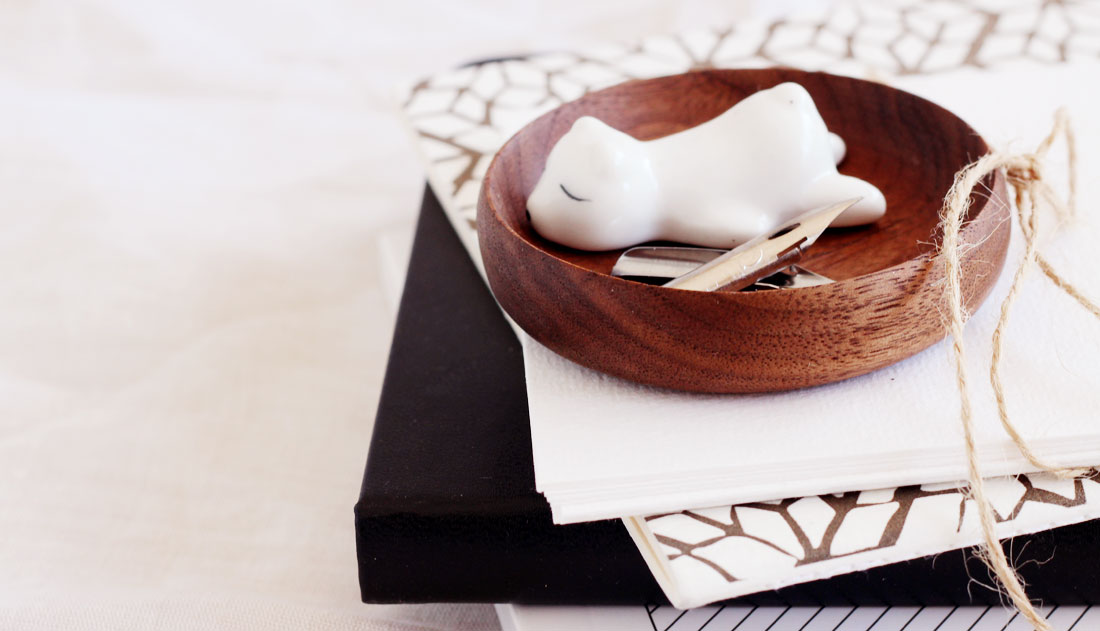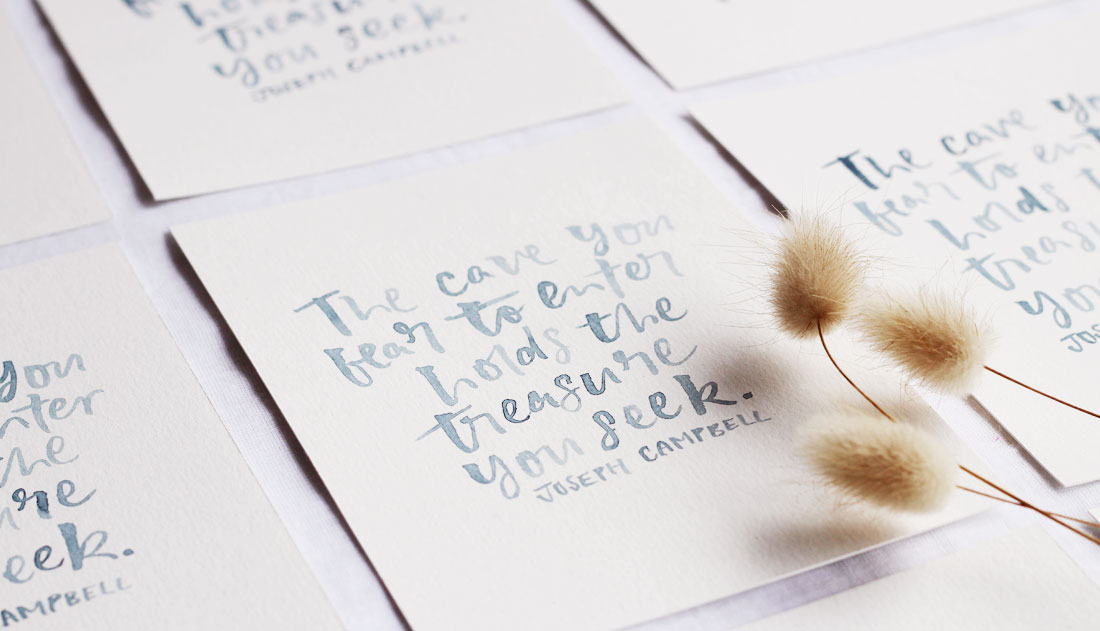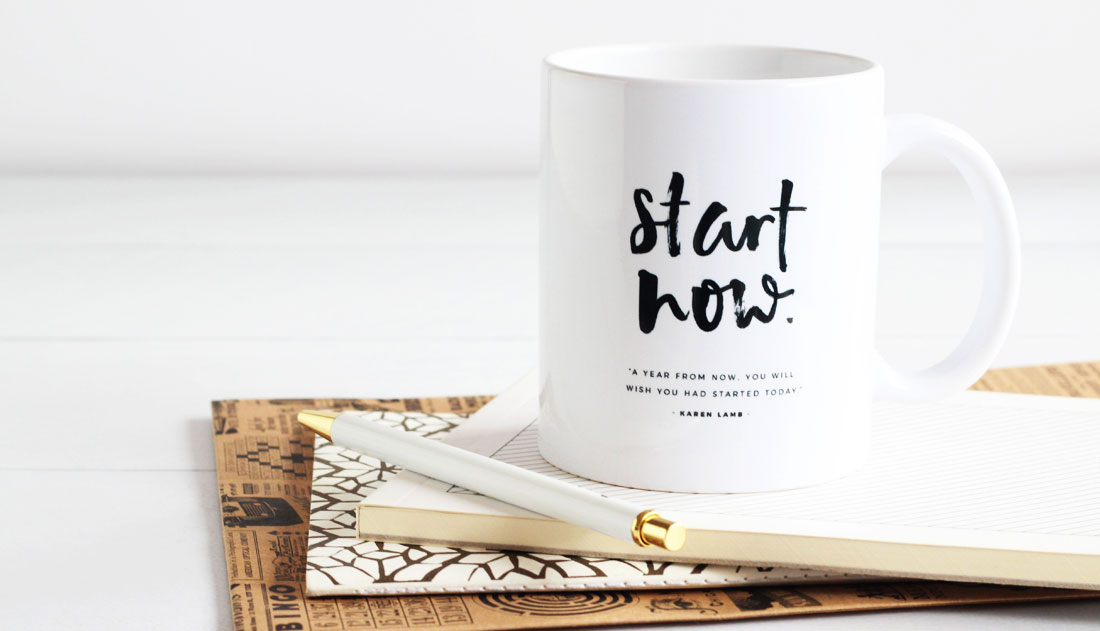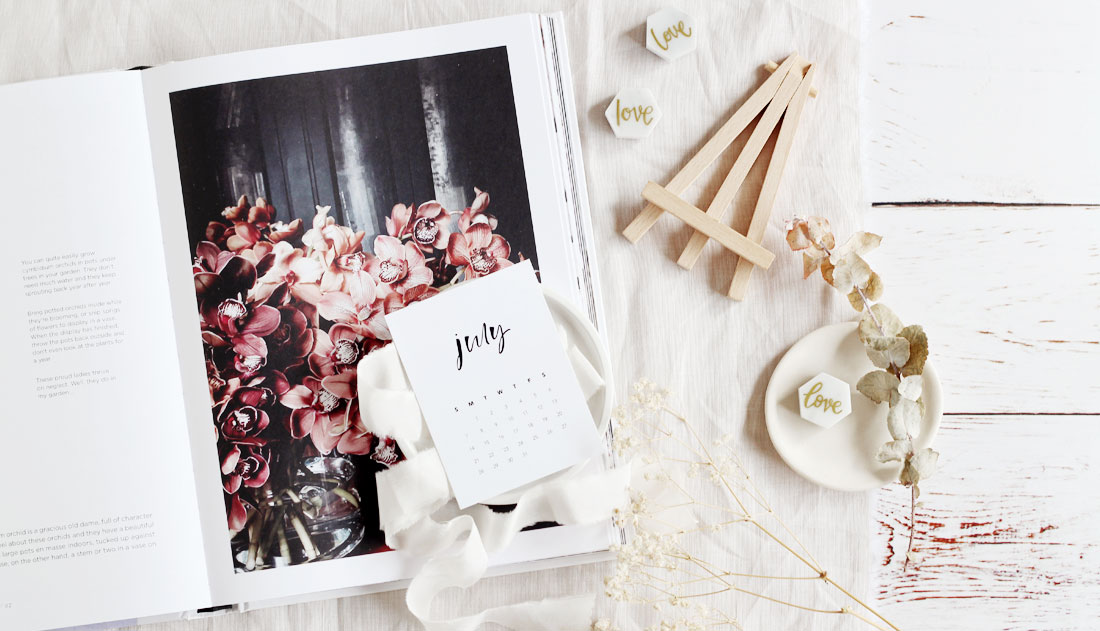Self Care when you’re short on time
So you want to practice self care but you’re just not into facials and pedicures…?
Do you need simple ways to prioritise yourself when it feels almost impossible to squeeze another thing into your day?
Here’s a few easy self care ideas:
Simplify
Declutter your current commitments and see if there’s anything you can let go of, delegate, outsource, or put on hold for a little while. You may want to look at both your personal life and/or your business.
Breathe
Make the most of those little moments when you are idle and waiting for something. Take 5 big deep intentional breaths in and out.
THOSE BREATHS ARE FOR YOU. It’s an opportunity to be present and just be with yourself.
.ie. waiting at school pick up, after school activities, on public transport, stuck in traffic, or waiting for the kettle to boil.
Night time rituals
Create a night time routine or ritual for yourself. It doesn’t have to be a 2 hr bubble bathing face masking pampering sesh (unless you want to!). Making the decision to do something for yourself can shift your energy and your mood.
- take 15-20 minutes to craft, read, journal, or have a herbal tea
- do a few gentle yoga stretches before you hop into bed
- sit on the side of your bed and take a few more of those deep intentional breaths
The actual self care activity is secondary to the INTENTION in which you are doing it.
The intention to be kinder to yourself is where the magic begins.
How will you be kinder to yourself this coming week?
